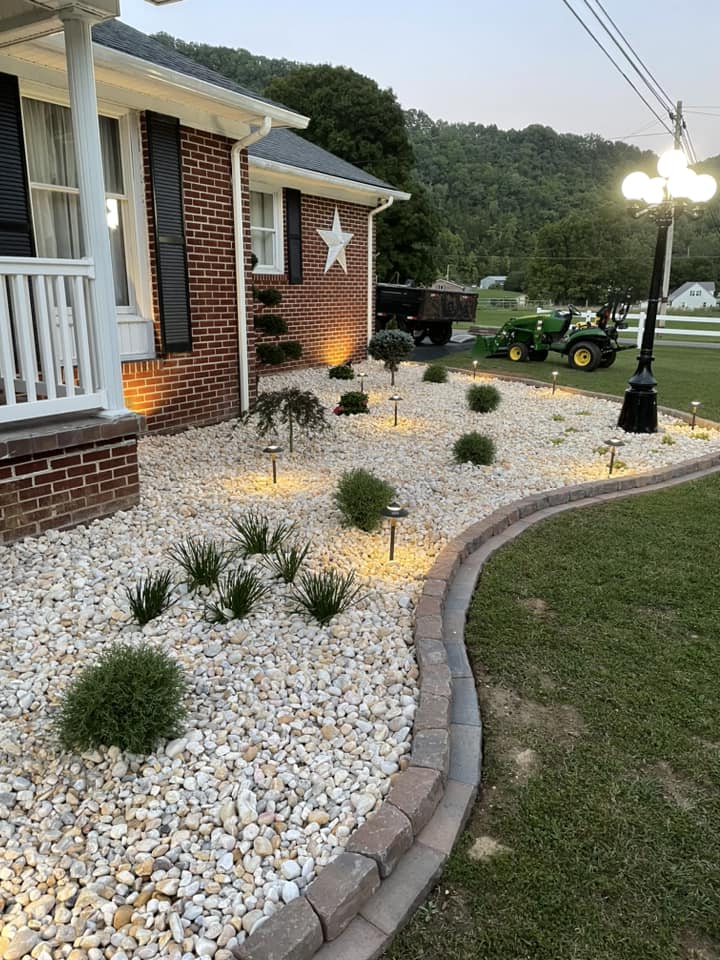
Sustainable Landscaping: Eco-Friendly Practices for a Greener Tomorrow Oct 11, 2025
Sustainable landscaping involves designing, creating, and maintaining gardens that respect the environment. It’s all about nurturing a landscape in harmony with nature, reducing waste, conserving resources, and promoting biodiversity. Whether you’re considering new landscape designs or looking to enhance your existing garden, there are numerous strategies to make your outdoor spaces both beautiful and eco-friendly.
One of the first steps in sustainable landscaping is selecting native plants. These plants are naturally adapted to the local climate and soil conditions, meaning they require less water and fewer chemical interventions such as pesticides and fertilizers. This not only conserves water but also minimizes the runoff of harmful chemicals into local waterways. In doing so, native plants help support local wildlife, including pollinators like bees and butterflies, which are crucial for maintaining biodiversity.
Another key aspect is efficient water usage. Implementing a smart irrigation system helps manage water usage effectively. Consider using drip irrigation setups or installing rain sensors to optimize the watering of plants. For those looking to go even further, rainwater harvesting systems can capture water during storms, storing it for later use. This reduces reliance on municipal water sources and decreases your water bill.
Composting is another powerful tool in sustainable landscaping. By composting kitchen scraps and yard waste, you create a natural fertilizer that enriches the soil. This practice reduces landfill waste and eliminates the need for synthetic fertilizers, which can be detrimental to the environment. Healthy, nutrient-rich soil is one of the foundations of a robust, sustainable garden.
Mulching is equally important. Applying a layer of organic mulch helps retain soil moisture, suppress weeds, and gradually adds nutrients as it breaks down. This simple addition not only improves the health of your plants but also reduces the need for frequent watering—a win-win for both the garden's health and the planet.
The practice of minimizing lawn space is becoming increasingly popular in sustainable landscaping. Lawns often require extensive watering and maintenance. By replacing lawn areas with alternative, low-maintenance options like ground covers, flower beds, or even vegetable gardens, you can significantly cut down on water usage and maintenance time while increasing the aesthetic and functional value of your space.
Finally, incorporating hardscaping elements with sustainable materials can elevate the eco-friendly nature of your landscape. Using recycled or locally sourced materials for patios, walkways, and retaining walls not only reduces the environmental impact but also offers durability and a unique aesthetic appeal.
As Simmons Brothers Investments continues its commitment to excellence in landscaping and hardscaping, adopting sustainable landscaping practices is a natural progression. Homeowners and businesses benefit not just from the beauty and reduced costs associated with eco-friendly gardens but also from contributing positively to the environment. Embracing these sustainable methods not only enhances the visual appeal of properties but also supports a greener ecosystem, fostering a healthier and more sustainable tomorrow for all.
/filters:no_upscale()/media/c66cd5f7-d4ec-4293-aca1-0fed8692f4e2.jpeg)